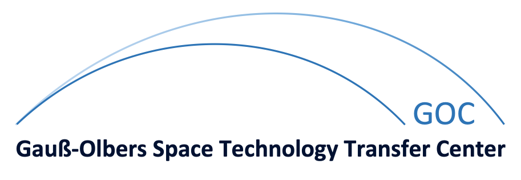Analysis of Diversity Effects for Satellite Communication Systems
| Authors: | S. Fischer, V. Kühn, K.-D. Kammeyer |
| Abstract: | The transmission quality of Leo (Low Earth Orbit) satellite communication systems suffer from shadowed links and the power limitation of the satellites. In order to combat these two impacts the use of diversity techniques is normally a good solution. But because of the non- frequency selective behavior of the satellite channel, frequency diversity cannot be exploited. Furthermore, time diversity is limited due to the short delay times allowed for speech transmission. Under these circumstances the application of space diversity can improve the transmission quality enormously. The Globalstar satellite system is taken as a basic model. Based on DS-CDMA (Direct Sequence - Code Division Multiple Access) technology which is used in the Globalstar system space diversity is implemented by combining the convolutionally encoded signals from different satellites with the help of a Rake receiver. The performance of this concept is compared to a new approach using turbo codes. Regarding the transmission via two satellites the coded bits of the two coders are split on the two satellite channels. At the receiver iterative decoding can be implemented. This concept needs less processing time and it performs equal to the Globalstar system. |
| Document type: | Conference Paper |
| Publication: | San Antonio, USA, 25. - 29. November 2001 |
| Conference: | IEEE Global Communications Conference (Globecom 01) |
| Index: | 180 |
| Files: | BibTEX |
Last change on
25.04.2008
by
Admin
© Department of Communications Engineering - University of BremenImprint / Contact







